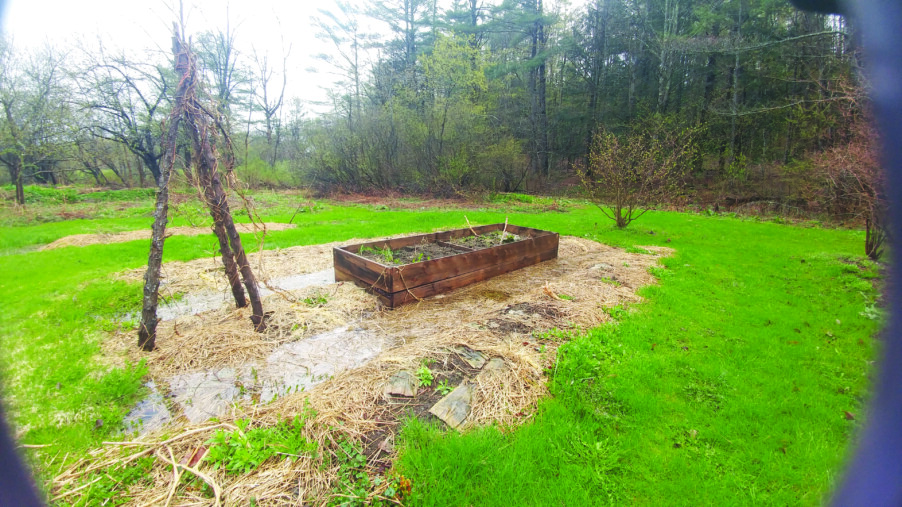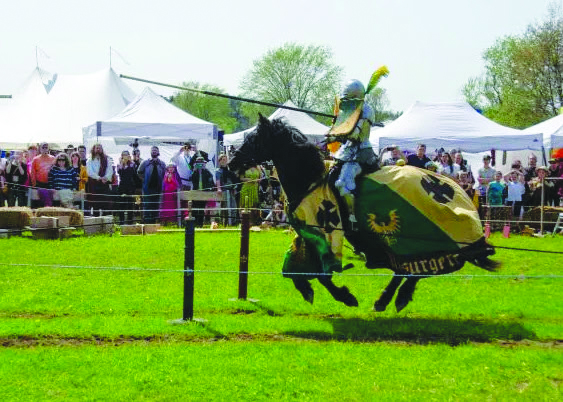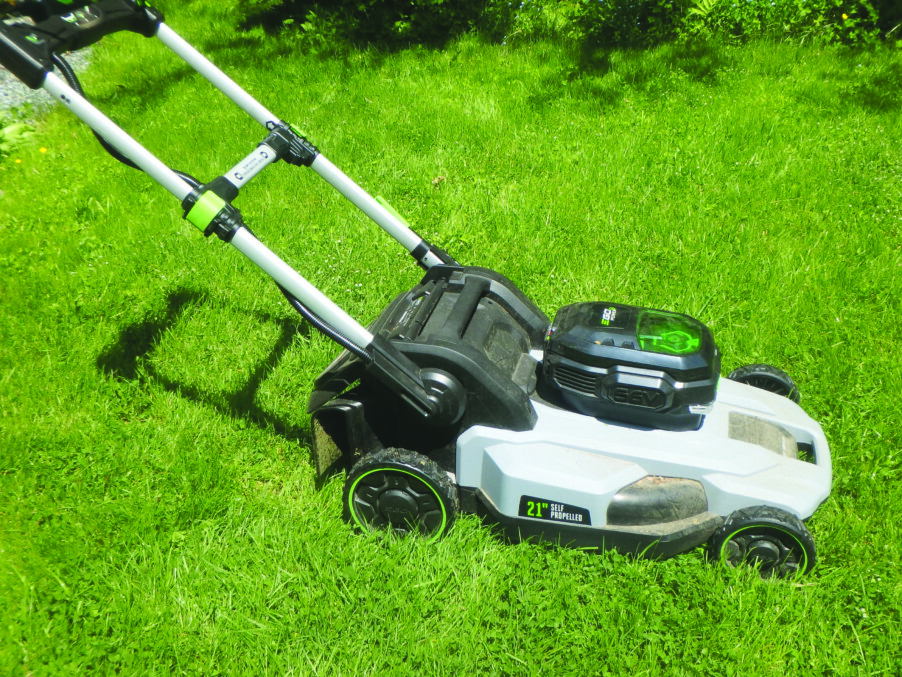Dig some holes, see what you’ve got
Most gardeners know that success in the garden depends on many factors: You can’t grow a sun-loving plant in a shady area, for example. And a shrub that loves wet places won’t do well in dry soil. But the key to success is really the quality of your soil. Not only that, any soil can be improved with some help from you, the gardener.
Ten thousand years ago the glaciers made a final pass over New England, grinding rocks into sand and smaller bits that became sandy, clay and loam soils. Soil is made up of roughly 45 percent ground rocks, 5 percent organic matter, and the other 50 percent is air. Surprisingly, plants get their oxygen through their roots, not leaves.
Of course if you have been driving your car over the lawn, it is compacted and has much less air. Even walking regularly over the ground will compact the soil, which you should avoid, especially when the soil is wet. Compacted soil not only has less oxygen, but also is tough for roots to penetrate, and it is more likely to be waterlogged. Crabgrass does much better than planted grasses in compacted soil.
An easy test for soil compaction in your lawn is to take a screwdriver with a 6-inch shaft and see if you can easily insert it into your soil. If not, the soil is seriously compacted. A lawn with compacted soil will improve if you spread a half-inch layer of compost over it every year. Earthworms and other soil organisms will slowly move it into the soil, improving it. Flower and vegetable beds can be loosened with a fork or hand tool.
It makes sense to get a soil test done every three years to see if your soil is improving with your efforts. Your state extension service has a lab that will test your soil for a fee. Get the home garden test, which will tell your soil pH (acidity), mineral content, organic matter content and soil texture. If your vegetable garden is near the house and it was built before 1978, get the soil tested for lead (the law prohibiting lead in paints passed in 1978). Some states include testing for lead for free in the standard test.
By adding compost or aged manure to your soil in the garden, you will increase the percentage of organic matter and improve soil texture or tilth. You should have at least 4 percent organic matter, and 8 percent is terrific. I add compost every time I plant anything, even though my soil is excellent. Good compost contains lots of living bacteria and fungi that help plants.
Your soil test will not tell you how much nitrogen your soil has, as that number varies daily according to moisture levels and temperature. But if you have plenty of organic matter, it probably has adequate nitrogen. Still, I add some slow-release organic fertilizer when planting anything except annual flowers. Organic fertilizer (unlike most chemical fertilizers) provides nitrogen and other nutrients slowly, rather than all at once. This encourages healthy growth, not a fast spurt of green growth.
Two simple tests you can do involve digging holes. Dig a hole with straight edges down at least a foot to see the soil profile. The top layer will be darkest, as that is where the topsoil is — maybe just 2 inches, or maybe as much as 6 inches. The deeper the topsoil, the better. Adding compost and working it in will increase the quality of the soil; the top 6 inches of soil is where most plant roots are (except for trees).
The next layer is subsoil, which is a different color, perhaps a light brown or reddish brown. Finally, you may get to a layer of sand, gravel or clay. Sand or gravel will help your soil drain well; clay will act like a barrier, holding water. If the soil stays wet much of the year, it will be gray.
Drainage is important for most plants. You can test this by digging a hole 24 inches wide and about 8 inches deep. Fill it with water. If it drains out right away, or within 20 minutes, you have very good drainage. If it holds water for a few hours, especially if there has been much recent rain, you are fine. If it holds water overnight, you have a drainage problem.
If you have a drainage problem, you can build raised beds, either with wood sides or just mounded up. There are plenty of companies selling raised beds or corners for making raised beds with lumber you buy locally. Most lumber stores will cut your lumber to length.
Another simple soil test you can do for free is to moisten some soil, then rub it between your fingers. If it is sticky, it is a clay soil. If you feel grains of sand, it is a sandy soil. If it is neither, and is a nice brown color, you have a good loam, which is what you want.
The last test is to take a handful of moist soil and try to form it into a cylinder. Clay soil will hold together well. Loam, which has some clay, will hold together but break apart if you touch it with your other hand. Sandy soil will fall apart when you squeeze it. The remedy for sandy or clay soil is a generous dose of compost.
Rome was not built in a day, the saying goes. This is true for soil, too. It takes years to get your garden soil in optimum condition everywhere. So work on the places where you are planting for quicker results.
Featured photo: Raised beds are great for areas that flood or stay wet. Photo by Henry Homeyer.






